Double Stars
Binary Star: Xi Boötes
: By Scott MacNeillNu Scorpii
: By Glenn ChapleTriple Star 40 Eridani
: By Glenn Chaple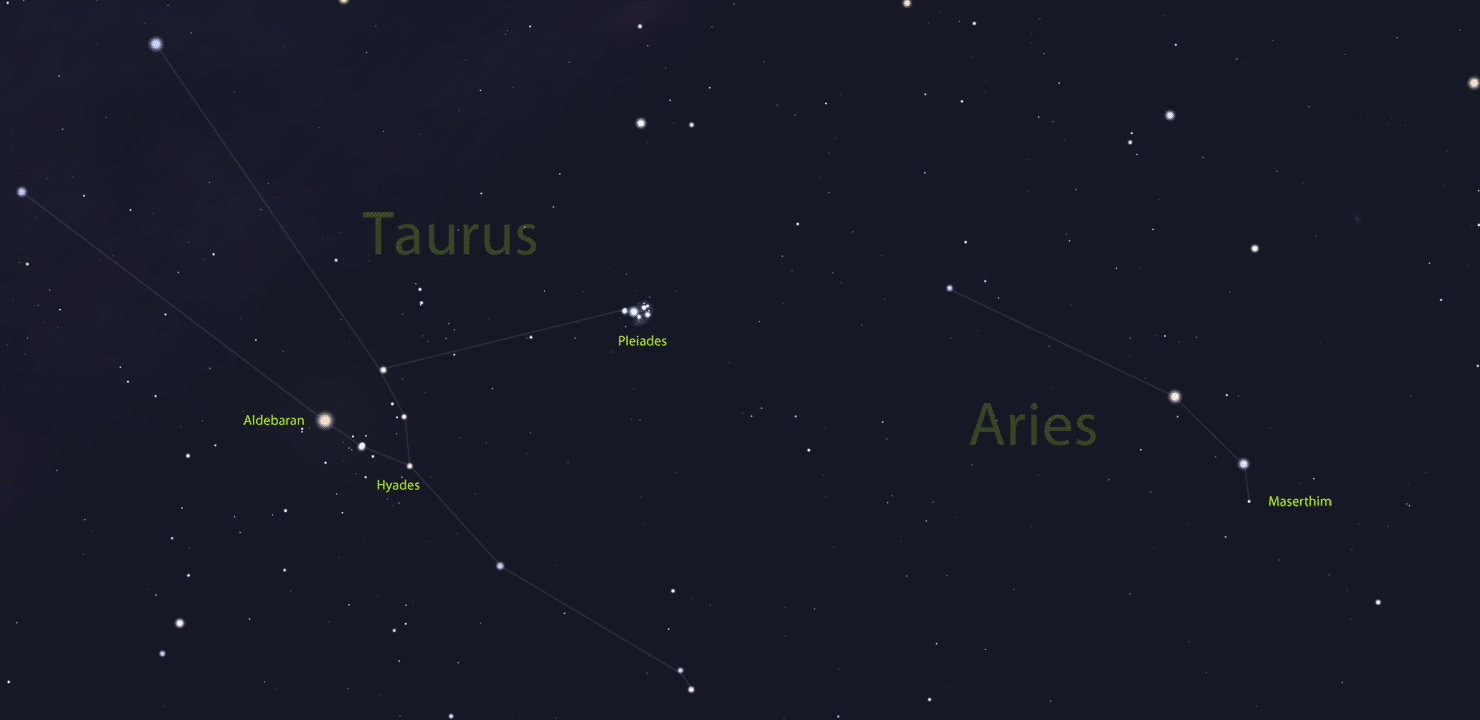
Maserthim (γ Arietis)
: By Glenn ChapleStruve 2816 and 2819: Triple and Double Stars in Cepheus
: By Glenn Chaple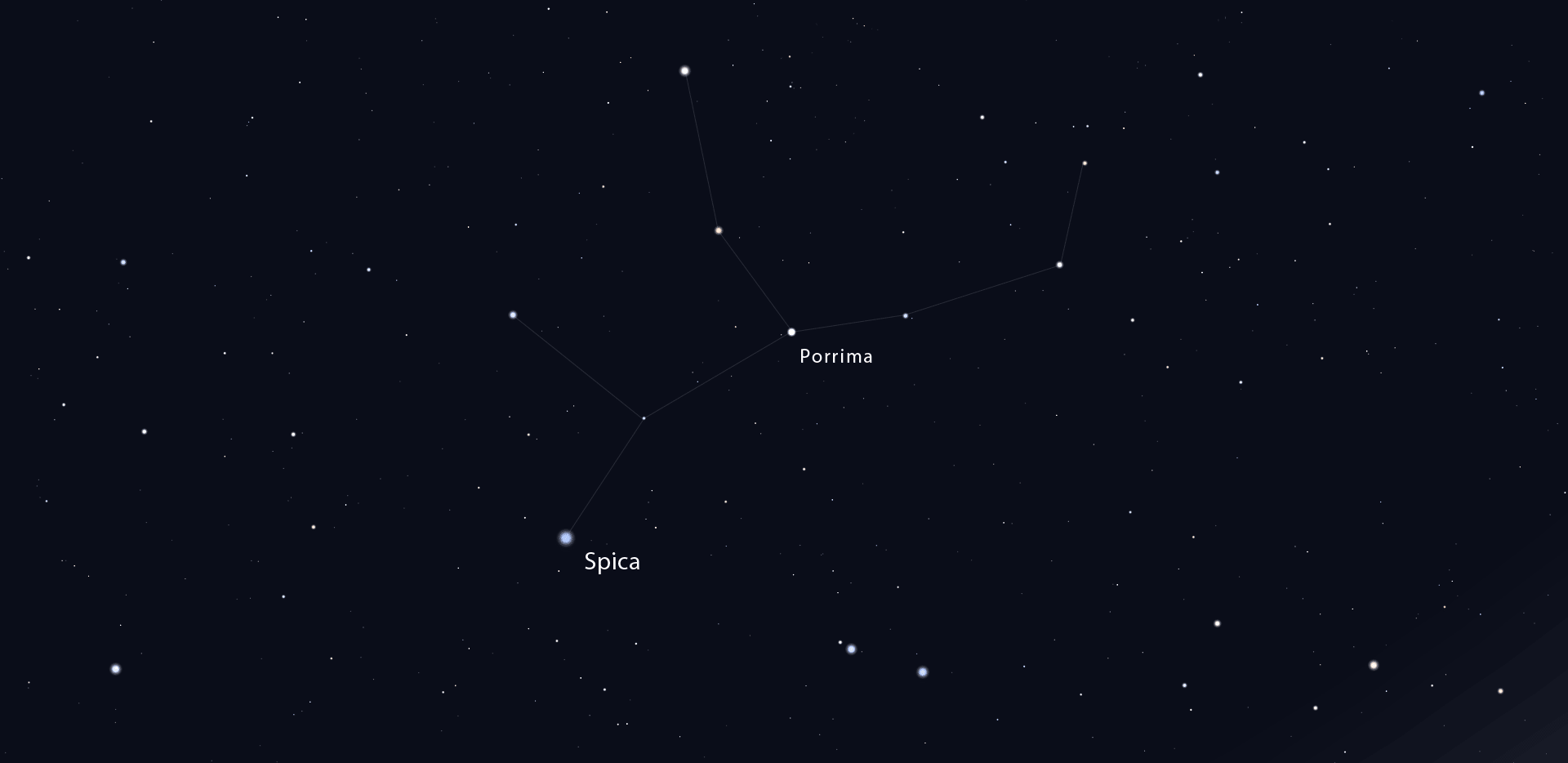
Porrima: Binary Star in Virgo
: By Glenn Chaple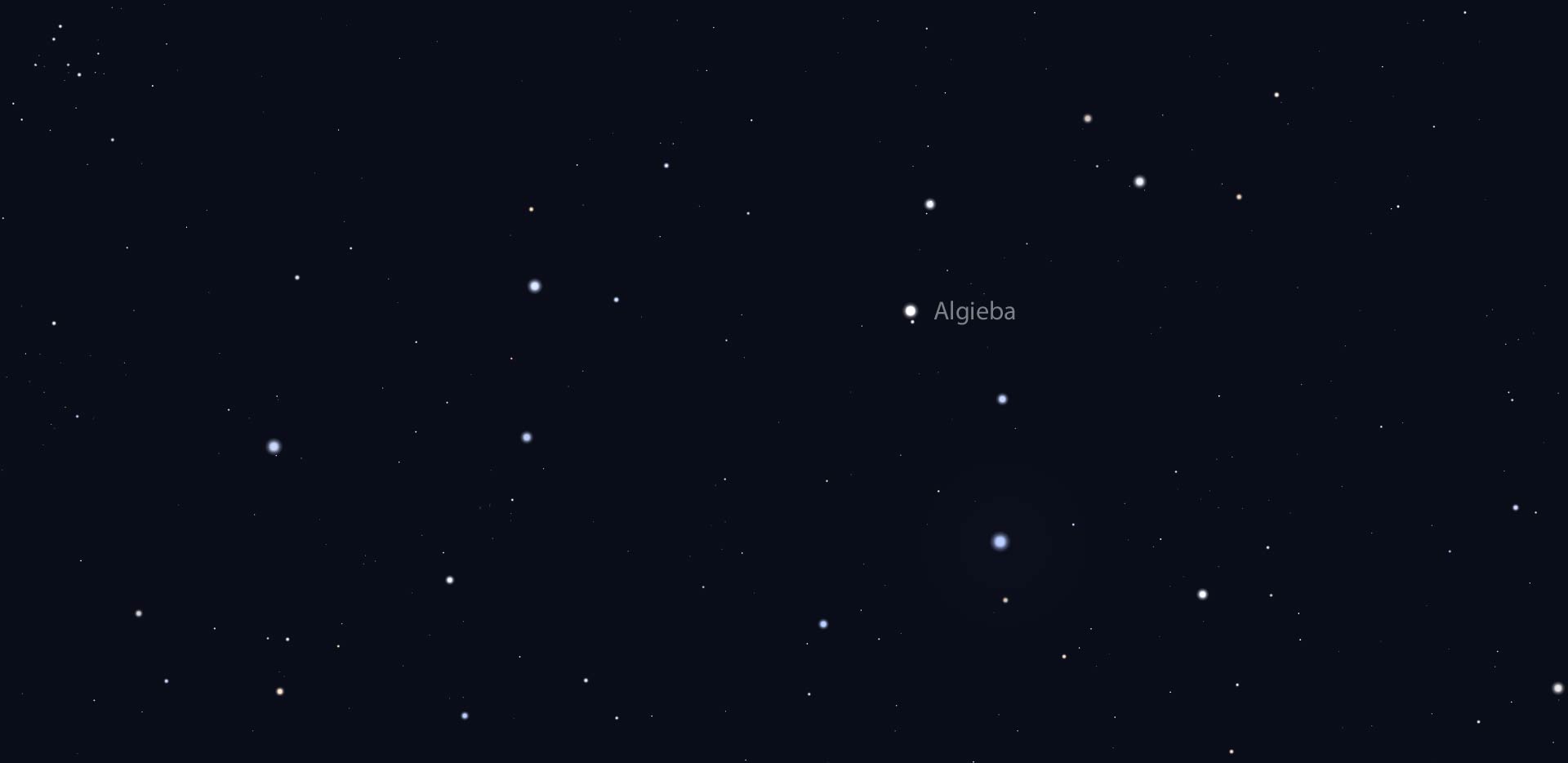
Algieba: Double Star in Leo
: By Glenn ChapleAlmach
: By Glenn Chaple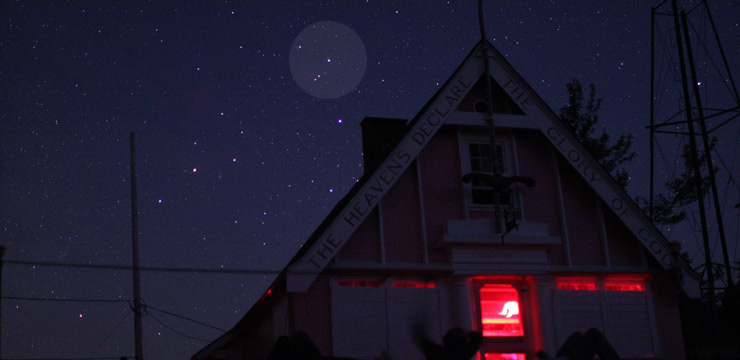
β Scorpii
: By Glenn ChapleCastor: alpha (α) Geminorum
: By Glenn Chapleβ Monocerotis
: By Glenn ChapleIzar (ε Boötis)
: By Glenn ChapleM40: The “Unknown” Messier Object
: By Glenn Chapleh 3945 Canis Majoris
: By Glenn ChapleBeta Orionis (Rigel)
: By Glenn ChapleEpsilon Pegasi: The Pendulum Star
: By Glenn ChapleChaple’s Arc
: By Glenn Chaple44 Boötis
: By Glenn Chaple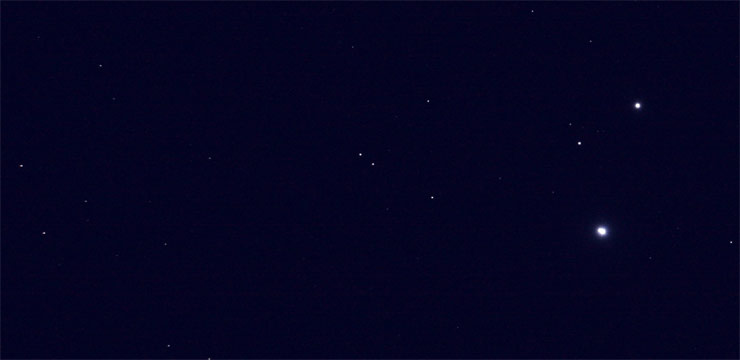
Mizar, The First Double Star
: By Glenn ChapleStruve 817 Orionis
: By Glenn ChapleA Selection of Double Stars in Andromeda
: By Glenn ChapleA Selection of Double Stars in Draco
: By Glenn ChapleA Selection of Double Stars in Cancer
: By Glenn ChapleA Selection of Double Stars in Gemini
: By Glenn ChapleA Selection of Double Stars in Scorpius
: By Glenn ChapleA Selection of Double Stars in Corona Borealis
: By Glenn Chaple



